Master the Art: How to Light Your Living Space
Lighting transforms homes. Make your living space shine with our guide on choosing the perfect illumination, ensuring ambiance and complementing décor.
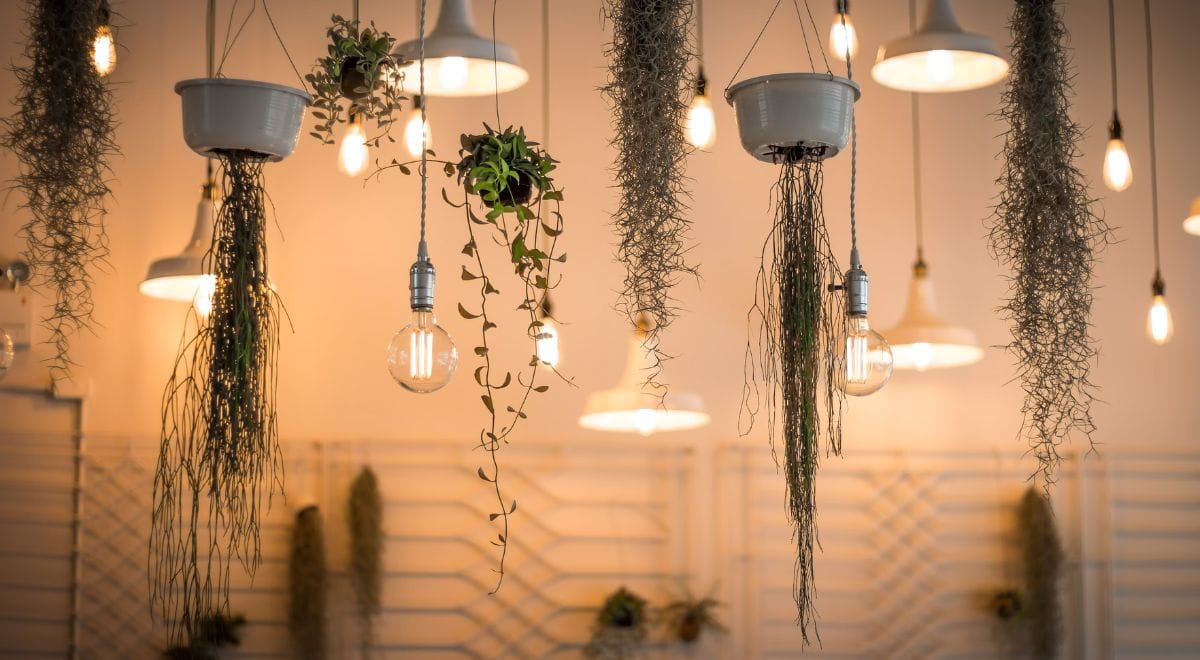
Quite often, it's said that lighting is the jewelry of architecture. This statement holds true, primarily when applied to your living space. As a homeowner, you understand the impact lighting can have; it can either set an inviting ambiance or destroy your meticulously layered interior décor. In this article, we will shed light on ways to illuminate your sanctuary incessantly.
Trust us when we say there’s much more to lighting than just flipping a switch! So before we delve into some innovative 'lamp ideas for living room' or explore 'ceiling light ideas for living room,' let's first learn the basics about types of lights, bulbs, and their color effects.
Living Room Lighting Basics
Lighting your living room begins with understanding three fundamental categories: ambient, task, and accent lighting. Each type plays a distinct role in transforming your room from merely functional to aesthetically pleasing.
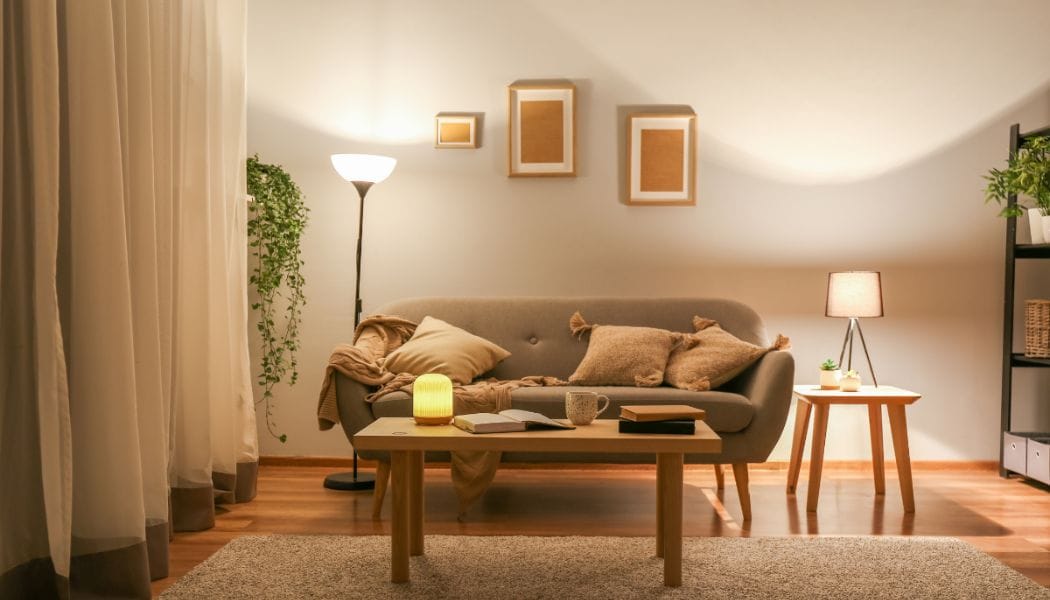
Types of Lighting
- Ambient Lighting: This serves as general illumination enveloping your entire living area with a soft glow. Think ceiling-mounted fixtures or recessed downlights.
- Task Lighting: Specific activities like reading need focused light provided by table or standing floor lamps.
- Accent Lighting: To highlight architectural features or artwork, go for track lights or wall-mounted fixtures. Art lighting can bring your collection alive!
Light Bulbs
The bulb you choose is crucial since it determines the quality of light—brilliant white like daylight or warm yellow resembling sunset hues.
- Incandescent Bulbs: They produce warm, welcoming light ideal for relaxed ambiances – something you would want in bedrooms rather than vibrant sitting areas.
- Compact Fluorescents (CFLs): Popular due to energy efficiency; however, they may sometimes flicker and take time to warm up fully.
- Light Emitting Diodes (LEDs): High in energy efficiency and life span, they are an excellent option for task and ambient lighting.
- Halogen: Similar to incandescents, halogens give off a bright white light perfect for task lighting.
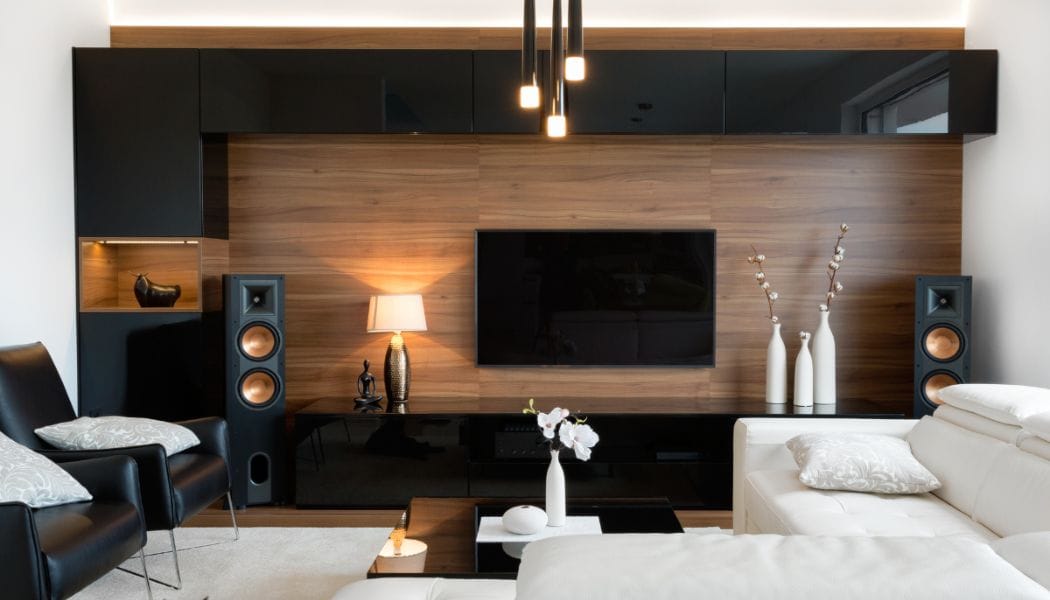
Light Color
Understanding color temperature is crucial while creating the desired mood with lighting.
- Warm White (2700K – 3000K): This range creates a cozy feel and works best for living spaces or bedrooms.
- Cool White (3500K – 4100K): A balance between warm and daylight; this is ideal for workspaces like the kitchen or home office.
- Daylight (5000K – 6500K): Highly energizing, brighter lights simulate daylight that's great for basement spaces but too harsh for relaxed lounges.
In conclusion, remember that understanding the basics of lighting can make or break your interior design plan. So go ahead, enlighten yourself!
Designing a Lighting Layout for Your Living Room
Consider Your Living Room’s Layout
The layout of your living room plays a pivotal role in determining how to light your living space for optimum effect.
Start by assessing the available natural light. Examine where sunlight enters throughout the day and take note of any areas prone to shadows or glare. If you want more insight on how to get natural light into a room without windows, consider adding interior windows for light.
Next, identify the primary activities conducted in the room. Do you use it mainly for relaxation, hosting intimate gatherings, watching TV, or catching up on your latest book? Different activities require varied lighting levels—low desk lights complement reading nooks while overhead ceiling lights might be apt for social zones.
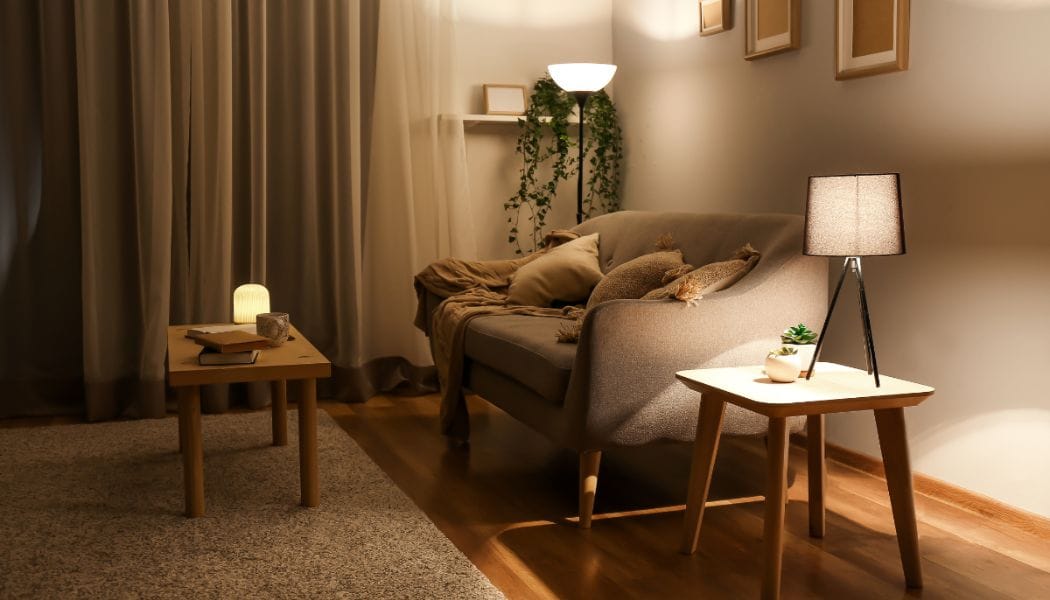
Lastly, take into account your furniture's position. A well-lit space should have balanced illumination without creating harsh shadows or unnecessary starkness.
Remember, planning starts with understanding your living area's unique structure and needs.
Choose the Right Type of Lighting Fixtures
Selecting complementary fixtures is essential for achieving comprehensive lighting lounge ideas that blend style with functionality. Different types provide various lighting effects:
- Pendants: These hang from the ceiling and integrate both form and function—ideal if you're seeking stylishly succinct ceiling-light ideas for the living room.
- Chandeliers: Best ceiling lights if an element of grandeur is required in expansive spaces.
- Table and Floor Lamps: Excellent sources providing localized lighting; these are versatile lamp ideas perfect for making particular spots within your space stand out.
- Spotlights: Often relegated as surplus yet spot-on tools—if used thoughtfully—that can highlight specific details like art pieces, architectural attributes, and feature walls.
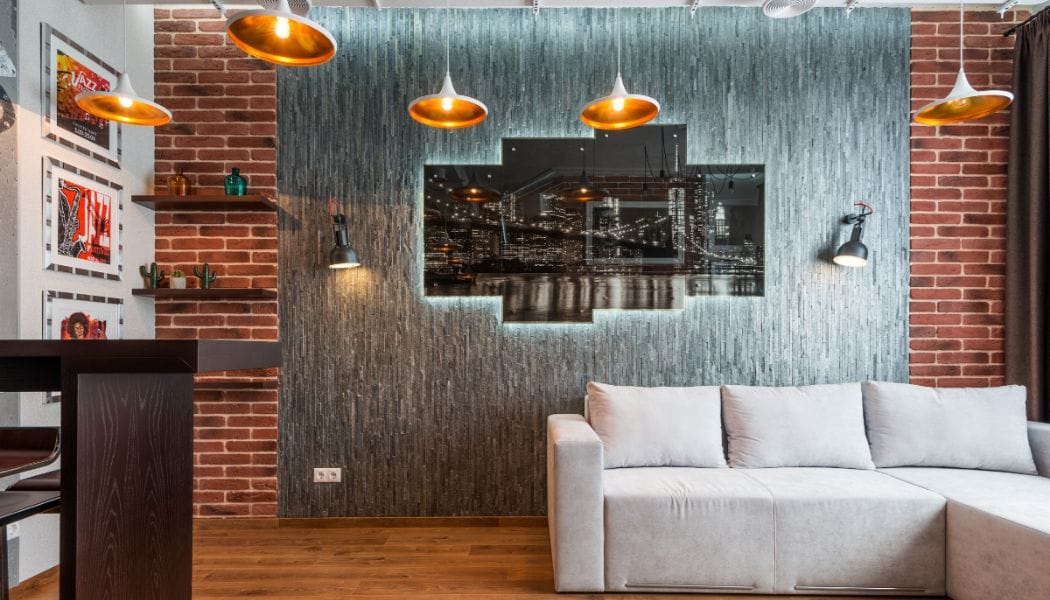
Making appropriate choices rooted in personal aesthetic preferences and practical needs ensures a satisfying balance between appearance and utility.
Use Layered Lighting
Crucial yet consistently overlooked, layered lighting forms the cornerstone of most effective ideas for lighting living rooms. Offering light in a room from various sources at different heights results in an incredibly flattering and flexible scheme.
- Ambient Lighting: Introduce ambient illumination using chandeliers, recessed lights, or other ceiling-mounted fixtures.
- Task Lighting: Furnish-focused light is required for reading or cooking via table lamps, under-cabinet lights, or floor-standing versions.
- Accent Lighting: Spotlights or track lights can accentuate artwork or architectural details you wish to highlight.
Remember that various layers can be adjusted independently according to your mood and requirements: dimmed ambient light with task-specific brightness for quiet evenings; and ambient full-on brilliance with softened task sites in social situations. Use light shades tactically—they add aesthetic value and a diffusing quality that spreads light evenly across spaces. The result? A well-lit room resonating warmth & elegance—bringing depth and dimension into every corner of your living quarters.
Lighting Ideas for Your Living Room
Creating a warm, inviting atmosphere in your living room is as much about the lighting as the furnishings and decor. The following ideas will illuminate ways to light your living space for optimum effect.
Add Warmth with a Wash of Lighting
Creating a sense of warmth in your living room can be artfully achieved by washing walls and ceilings with soft pools of light. Consider accent spotlights or strategically placed table lamps that bathe specific areas with a comforting glow. This method highlights key features and adds dimensionality to the 'lighting lounge' concept.
Swap Out Your Old Lightbulbs for 'Smart' Versions
While traditional incandescent bulbs create a familiar glow, embracing smart lighting technologies can give you more control over your interior atmosphere. With options such as dimming controls, color shifting, and even synchronizing your lights to music or television shows, swapping out old bulbs for 'smart' versions paves the way for futuristic living area lighting ideas.
Introduce a Soft Glow
Another approach to mastering the art of lighting in a living room revolves around introducing diffused moods of illumination--a soft glow. Utilize floor lamps coupled with translucent lampshades or opt for frosted glass fixtures. These choices diffuse brightness into subtle radiance which helps establish an environment conducive to relaxation.
Echo Natural Light with Natural Fabrics
On days when natural sunlight beams vibrantly, you'd want your living area to bask in its resplendency while regulating glare simultaneously. Use window treatments like sheer curtains that echo natural light effectively—compounding its presence while maintaining a pleasant illumination level throughout your interior scheme.
Keep Surfaces Clear (But Don't Lose Out on Light)
Avoid having surfaces overrun by myriad light sources. Minimalist under-cabinet lighting or mounted wall lights could answer your needs for brightness without sacrificing clarity and space. This way, you balance showcasing an uncluttered living room while benefiting from effective illumination.
Make a Feature of Inset Shelving
One notable method to get light into a room is by focusing on certain pieces of furniture — like inset shelving. When affixed overhead or at the back of bookshelves, integrated LED strip lights or spotlights can subtly yet effectively spotlight displays and reading materials.
Incorporate a Neon Sign
Don't shy away from neon! Adding neon LED signs introduces an element that's both functional and stylized. Whether as a statement piece or ambient addition to your living area lighting ideas, it provides an unexpected touch of trendiness in the domestic interior.
Choose Different Lighting from a Co-ordinating Range
Diversify your illumination sources to avoid monotony. Opt for range-coordinated fixtures—such as pendants, floor lamps, and table lamps—that harmoniously blend despite variance in design. This helps create visual continuity while producing light layers at differing heights and intensities.
Complement Your Interior Scheme
Lighting should never exist separate from your home’s overall design narrative. Always consider if your chosen light fixtures align with existing colors, textures, and proportions within the space. The cohesiveness ensures every element functions in synergy—even when 'a lighting' takes center stage.
Go for Pattern on Pattern
Sometimes daring decisions pay off handsomely in terms of aesthetics. If you're bold enough, experiment with patterned lampshades against graphic wallpapers or strikingly textured walls. Such a combination may result in intriguing shadows that enhance rather than overwhelm the space.
Layer Your Lighting
Layering means having different levels of light serving particular purposes: task for focused activity; accent for highlighting artworks; ambiance for general brightness—a principle to execute when considering the best ceiling lights for a living room. A well-layered lighting setup ultimately renders a versatile and dynamically lit space, fit for all occasions.
Choose a Sculptural Style
Fixture designs that double as artistic pieces can deliver dual functions: aesthetically pleasing during the day and functional at night. Select sculptural styles in unexpected geometric forms, such as statement chandeliers or pendant lamps. Each could serve as your room’s visual centerpiece while amplifying its evening illumination.
Add Drama with a Modern Ceiling Light
For homes with higher ceilings, modern ceiling light fixtures provide an opportunity to add drama without cluttering horizontal surfaces. With countless options available – from sleek recessed LED downlights to expansive Sputnik-style chandeliers – these choices lend your living area an air of sophistication.
Source a Vintage Chandelier
You might want to feast your eyes on sourcing vintage chandeliers for a touch of timeless elegance. Providing diffuse overhead light, enjoying their ornate aesthetics under soft luminescence becomes another layer of pleasure all by itself—an appealing approach if seeking unique, heirloom quality lighting of house aspects.

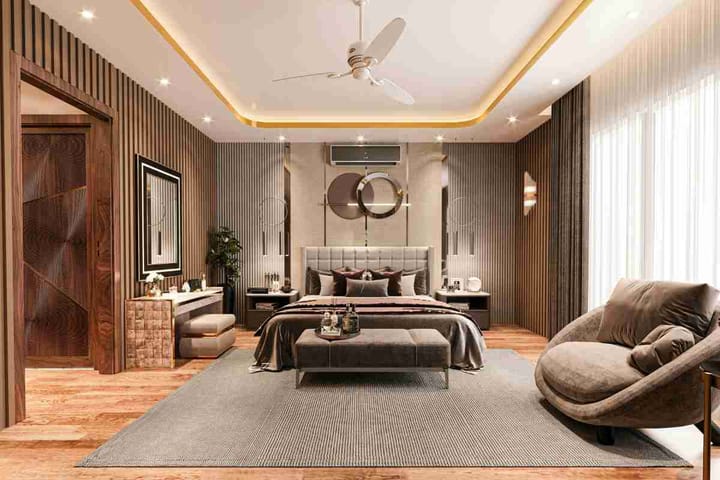
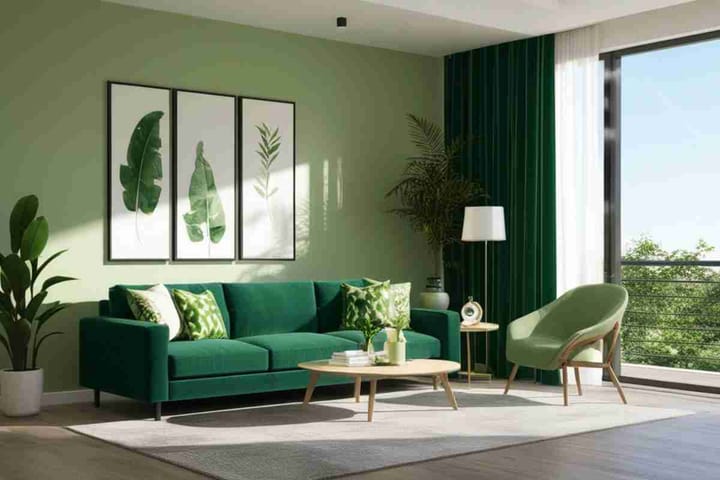

Comments ()